Some assistance with the perimeter of my property
splaker
7 years ago
Featured Answer
Sort by:Oldest
Comments (30)
splaker
7 years agoRelated Discussions
need some assistance picking out the right brug
Comments (33)Mine really get going when the nights are cooler than the days in the fall..that is when they just load down with blooms...sometimes it doesn't freeze here till around Christmas and it will be in continuous flower, bud, and seedpod till then. It will really bloom all year unless I cut it back severly or let freeze to the ground. Most of mine bloom sporadically when it gets super hot and humid like July, August. I can get really good flushes in spring, early summer, and fall, early winter. It freezes here in the winter so I can either keep them going or cut back and let go semi dormant in the gh or leave in ground to go all the way dormant. If you are in the midwest where the nights cool down alot more than the daytime temps, you may have good flushes all summer and fall and possibly late spring if you keep a few Ys on the plant when you cut them back in the winter....See Morewhat's happening at my property line
Comments (32)Hey Granite, Happy Birthday "To You" on Friday Sept. 30th!!! I just looked at your pictures again. Brought back allot of memories for me with a shopping center going in behind the rear of my previous house in PA. One of my "many"..... big concerns was the view I would see. You are good to go at.......... "Ground Level"........ with a privacy fence, (ground level....while you are out working in the yard). The windows in your house, visualize your view when inside looking out. The height of whatever you plant should be a consideration when it comes to the views from inside of the house. I always think "Resale Value". I understand your plight. Everything you knew.........has just changed in the name of progress! Depending on your area and the zoning laws...(purchase their book of rules ....for a $$........fee). You may be able to request extra buffer zone coverage from the developer. Don't stand back quietly. No one can read your mind! They ,(The Powers That Be) expect everyone to accept their decisions. Be an ever present "friendly" reminder to the local government that your quality of life has been severely altered. I have many stories about the development that went in behind my house..... "Do Not Roll Over"... speak up, loud, factually, (use their own rules) and often....carry before and after pictures in the car. Speak to a lawyer, if you feel that you have been cheated from the "Conditions of Law" (that the local government wrote in regards to this particular development). I still have the blueprints to the shopping center ...that the local government had to provide to me ....at my request. Remember the squeaky wheel gets the grease! It worked for me!!!........Keep us posted........Dianne...See MoreHelp me design my Colorado condo! I need major assistance!
Comments (17)When you say you are doing a light, natural floor - are you talking about a wood-look light colored floor to cover the whole space? I think that is a good idea, and warm colors are trending again. Pale, washed oak (sometimes cerused) and aged pine are really pretty and there are good options in LVT in these looks. The fireplace - is it wood or gas? Any chance it is super dark due to soot accumulation? I don't know how to clean it, but I bet it is worth a try. Now ... if it is an obviously faux stone that looks like what a 3rd grader made with old clay ... then revamping it is a good idea. I think using the SAME material as the kitchen counters might be too contemporary looking. What about a handmade tile that echoes the backsplash in the kitchen?...See MoreCosts to get electrical service from transformer pole to my property
Comments (31)Ok. Yes you can email some photos. I’ll show you what I have as well. It’s confusing because everyone provider offers different things. Some say you should get first pole free. But it’s not the case. Then I was told voltage drops so they don’t give more that 150 feet of wire so I’m assuming I would need another pony pole but does that include a transformer? If it does include transformer and anyone can come off the pole then possibly I can use the neighbors transformer pole. Unless they are designated to the owners property? Texas6023@aol.com...See Moresplaker
7 years agosplaker
7 years agosplaker
7 years agosplaker
7 years agosplaker
7 years agosplaker
7 years agosplaker
7 years agosplaker
7 years agosplaker
7 years agosplaker
7 years agolast modified: 7 years agosplaker
7 years agosplaker
7 years agosplaker
7 years agolast modified: 7 years agodaylily
7 years agodaylily
7 years agosplaker
7 years agosplaker
7 years ago
Related Stories

EXTERIORSWhere Front Yards Collide: Property Lines in Pictures
Some could be twins; others channel the Odd Couple. You may never look at property boundaries the same way again
Full Story
DECORATING GUIDESDitch the Rules but Keep Some Tools
Be fearless, but follow some basic decorating strategies to achieve the best results
Full Story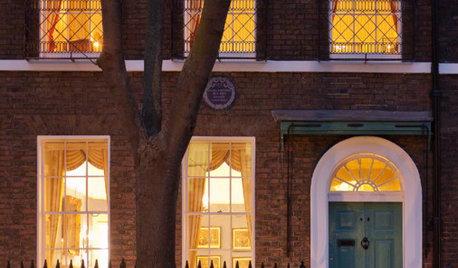
HOMES AROUND THE WORLDSee the Home Where Charles Dickens Wrote Some of His Classic Stories
On December 17, 1843, ‘A Christmas Carol’ was published, and we’re celebrating with a tour of the famed author’s home
Full Story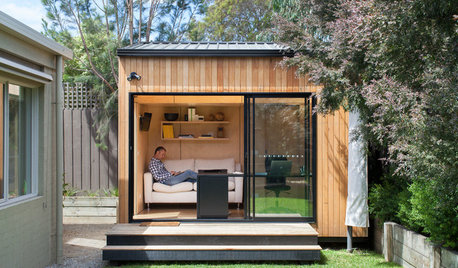
REMODELING GUIDESDesign Workshop: Is an In-Law Unit Right for Your Property?
ADUs can alleviate suburban sprawl, add rental income for homeowners, create affordable housing and much more
Full Story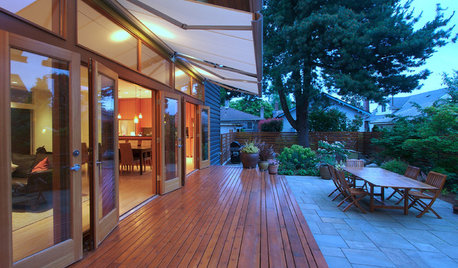
PATIOSPatio Details: Awning-Covered Patio and Playhouse for a Shared Property
A main house’s patio uses a wall of the property’s secondary unit to help create a private outdoor living space
Full Story
INSPIRING GARDENSInside Houzz: A Waterfront Property Ditches the Grass for a Garden
New drought-tolerant plantings and outdoor gathering spaces help this California backyard take in the view without wasting space or water
Full Story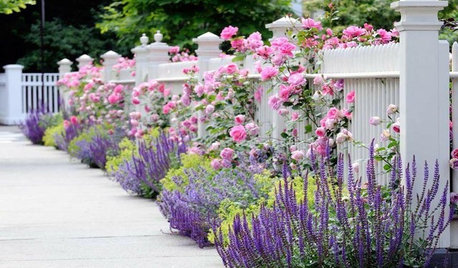
LANDSCAPE DESIGN4 Gorgeous Garden Looks for a Narrow Planting Strip
Make a strong design statement in an unexpected place with these ideas for perimeter plantings, pocket gardens and more
Full Story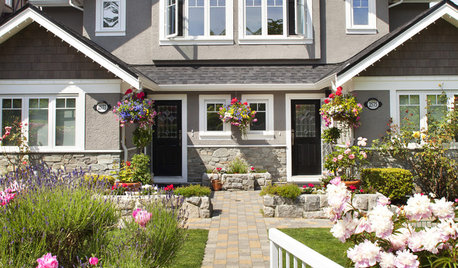
LIFECould You Be a Landlord?
Sure, the extra income would be great. But jumping blindly into owning a rental property could be disastrous. Here's what you need to know
Full Story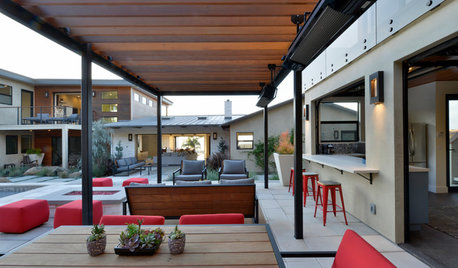
PATIOSPatio Details: New Entertaining Area Takes the Party Outside
A covered patio, an outdoor kitchen and a fire pit off a guesthouse extend the entertainment area of this ocean-view property
Full Story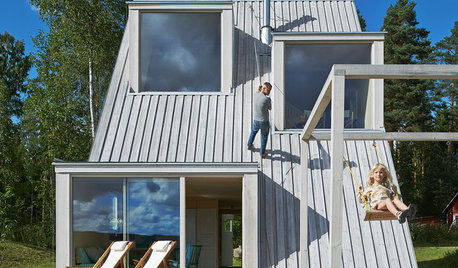
FUN HOUZZWorld of Design: 16 Fun Homes That Encourage Play
What does a fun home look like? These 16 very different properties around the world are designed with enjoyment in mind
Full Story


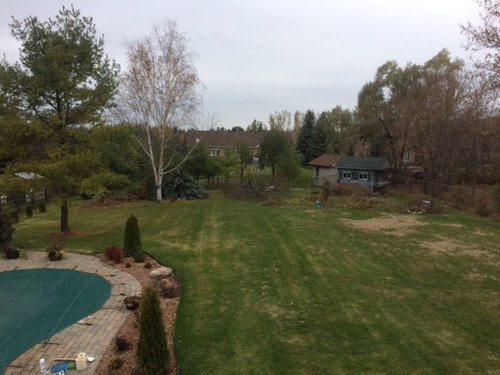





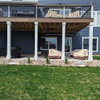
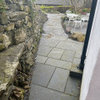


daylily